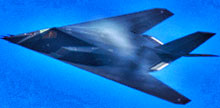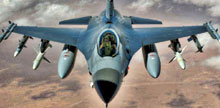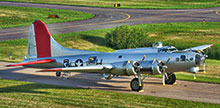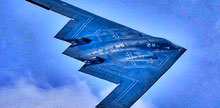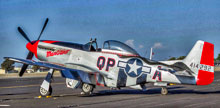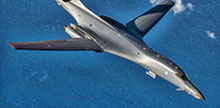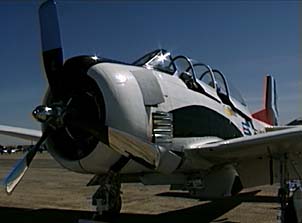North American T-28
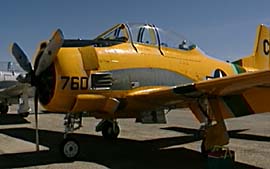
The North American Aviation T-28 Trojan was a piston-engined military trainer aircraft employed by the US Air Force and Navy starting in the 1950s. It was also successfully used as a counter-insurgency aircraft in the Vietnam War.
The North American Aviation T-28 Trojan was a piston-engined military trainer aircraft employed by the US Air Force and Navy starting in the 1950s. It was also successfully used as a counter-insurgency aircraft in the Vietnam War.
After its adoption as a primary trainer by the Air Force, the Marine Corps and Navy soon followed. Although the Air Force discontinued the T-28 in this role in the early ’60s, the Navy, Marine Corps, and Coast Guard continued using it into the early ’80s.
A Laotian Air Force T-28 flown by a Thai national, Lieutenant Chert Saibory, defected to North Vietnam in 1963. Saibory was promptly imprisoned and the aircraft impounded by the North Vietnamese government. Six months later, the North Vietnamese had refurbished and commissioned the T-28 as their first fighter aircraft.
The T-28’s service career ended in early 1984. The last aircraft, serial number 137796, left for Naval District Washington on March 14 of that year, ending up on permanent display at Anacostia Naval Support Facility. Many T-28s have subsequently been sold to private operators, and due to their economical operating costs see wide use as warbirds to this day.
|
Specifications |
|
|
Type |
Trainer aircraft |
|
Manufacturer |
North American Aviation |
|
First flight |
September 24, 1949 |
|
Propulsion |
|
|
Single-engine |
1 × Wright R-1820-86 Cyclone radial engine, 1,425 hp (1,063 kW) |
|
Performance |
|
|
Max speed |
343 m/h |
|
Initial rate of climb |
4,000 ft/m |
|
Service ceiling |
39,000 ft |
|
Weight (empty) |
6,424 lbs |
|
Max takeoff |
8,500 lbs (10,500 with combat stores) |
|
Dimensions |
|
|
Wing span |
40′ 1″ |
|
Length |
33′ 0″ |
|
Height |
12′ 8″ |
|
Wing area |
268 sq ft |
|
Seating Capacity |
2 |
|
Armament |
|
|
2 or 6 × wing-mounted pylons capable of carrying bombs, napalm, rockets. machine gun pods containing .30 in (7.62 mm) (training), .50 in (D-model) or twin pods with .50 in (12.7 mm) and 20 mm (.79 in) cannon (Fennec) |
|

